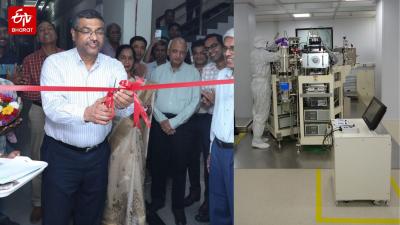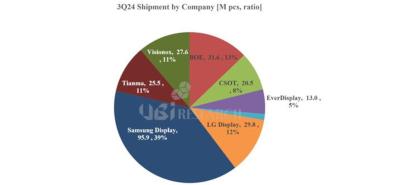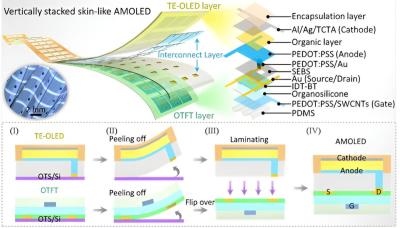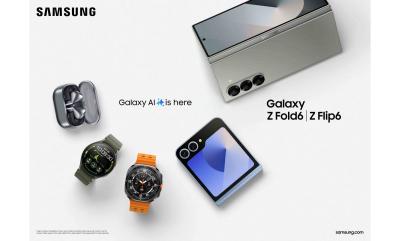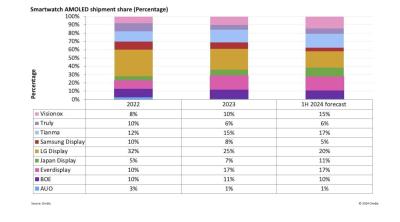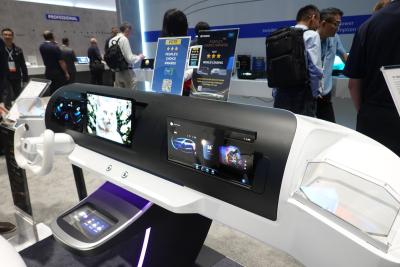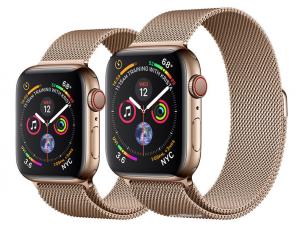India inaugurates a new AMOLED research center at IIT Madras
The Indian Institute of Technology Madras (IIT Madras) has inaugurated a new research center dedicated for the development of AMOLED technologies. The new AMOLED Research Centre (ARC) is a national centre of excellent that is funded by the Government's Ministry of Electronics and Information Technology (MeitY), by the Indian Defence Research and Development Organisation (DRDO), and Tata Sons.
The goal of this new center is to help India's display manufacturing industry. It will focus on AMOLED displays for wearables, smartphones, and tablets. Researchers at the ARC will also engage in research into OLED TVs, OLED lighting and OPVs.
